The USSR finally collapsed in December 1991 and, at the same time, Boris Yeltsin became the first president of the newly formed Russian Federation. He ruled until the late 1990s.
One of the most important events of the year was the visit of Queen Elizabeth II of the United Kingdom to Russia.
The British monarch visited Russia for the first time in the centuries-long history of bilateral relations. Together with her husband, Prince Philip (who was strongly related to the House of Romanov), Elizabeth visited Moscow and St. Petersburg.
U.S. President Bill Clinton also visited Moscow in 1994. According to declassified documents, Clinton urged Yeltsin for an active partnership between Moscow and Washington DC.

Writer Alexander Solzhenitsyn, exiled from his homeland during the Soviet era, returned to Russia in 1994. He held a speech in the State Duma and presented his vision of the country's development.
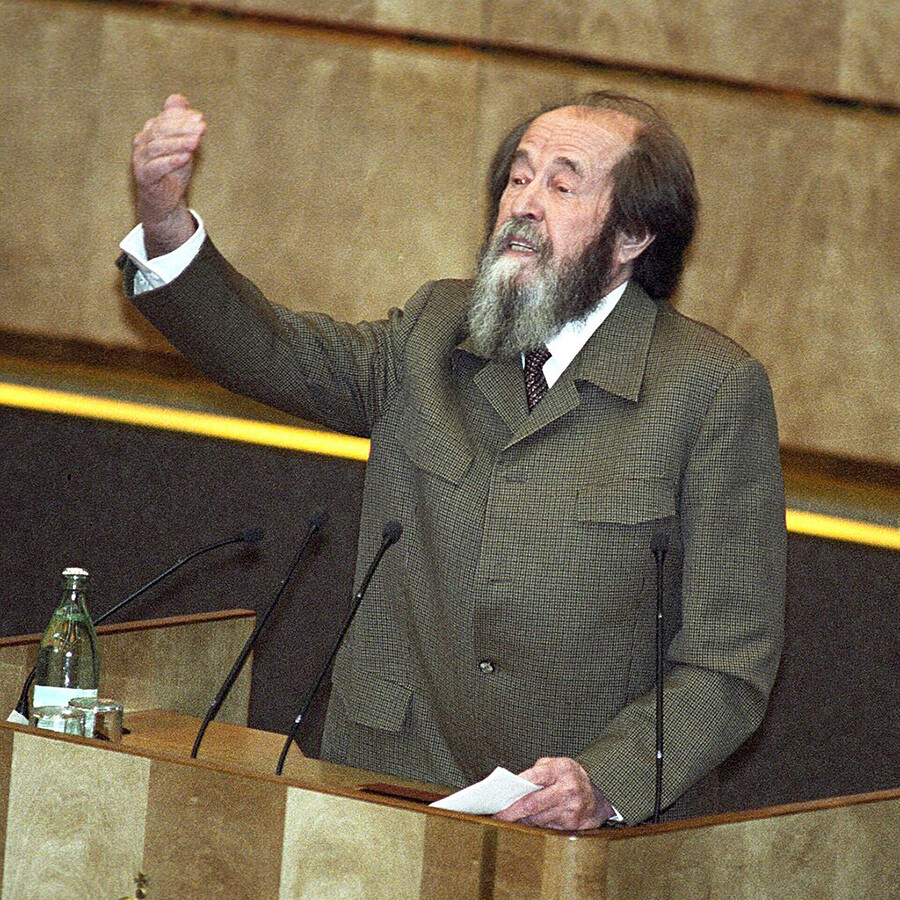
As early as the late 1980s, the process of rehabilitation of the Russian Orthodox Church began. By the 1990s, it was in full operation. Many churches reopened, while disgraced priests returned to public services. The photo below depicts the blessing of the Volga River source in Tver Region.
The 1990s were an extremely difficult time in terms of economics. Having abandoned a planned economy system, the country was, at the time, struggling to survive in the new market relations. Many citizens were unprepared for the new realities and lost all their savings. And, in their attempts to earn something, they became victims of criminal frauds. The most notorious of them is Sergei Mavrodi's ‘MMM’ pyramid scheme. The photo shows deceived shareholders in front of the company's building.
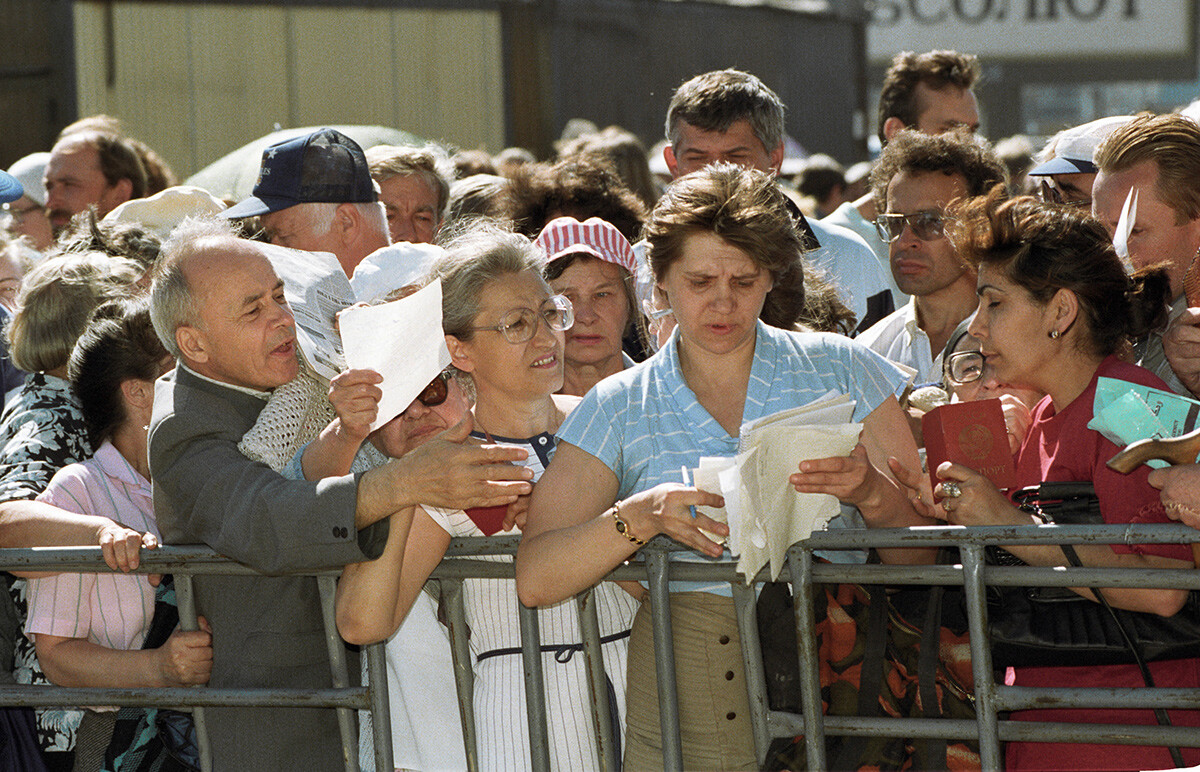
Also, the 1990s was a time of partying and the birth of nightclubs and rave culture.
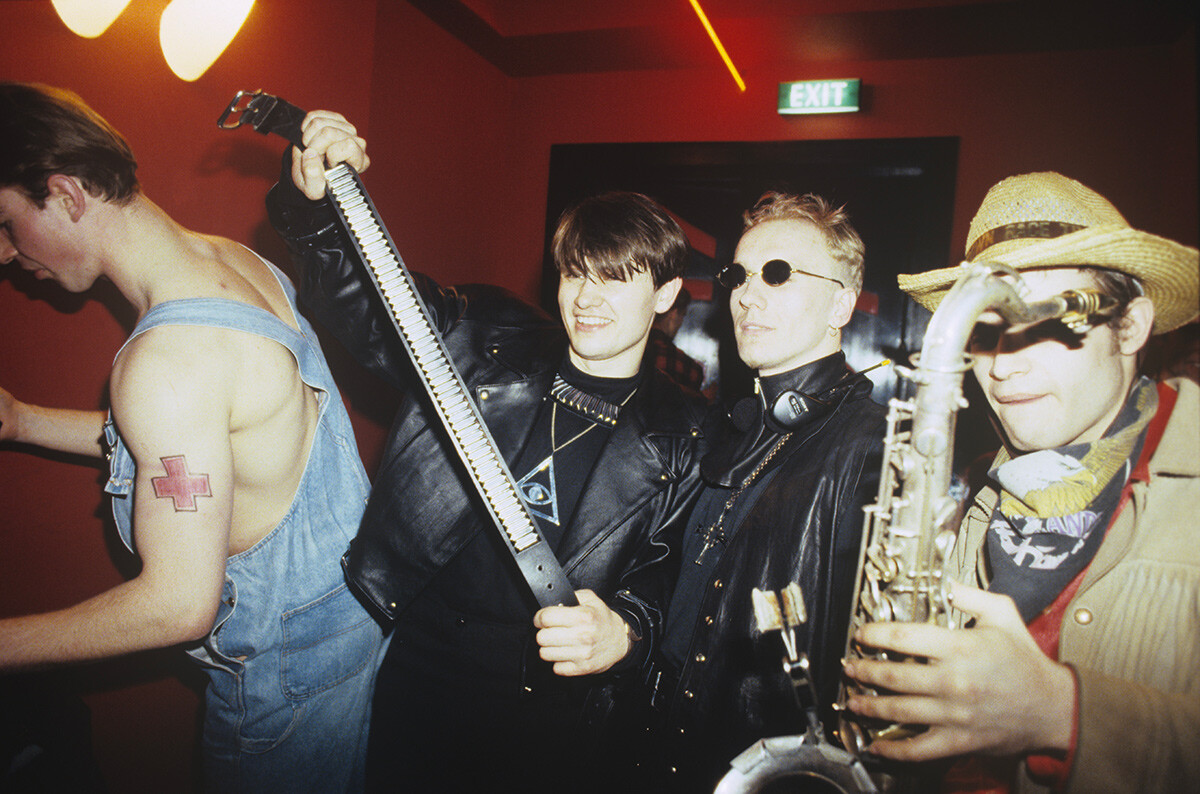
Time of freedom and the birth of modern pop music. The photo below shows the performance of the legendary and eccentric singer Valery Leontiev.

An emblematic snap of the 1990s: serious businessmen in ties in a striptease bar. The photo below shows the opening of the ‘Dolls’ nightclub in Moscow.
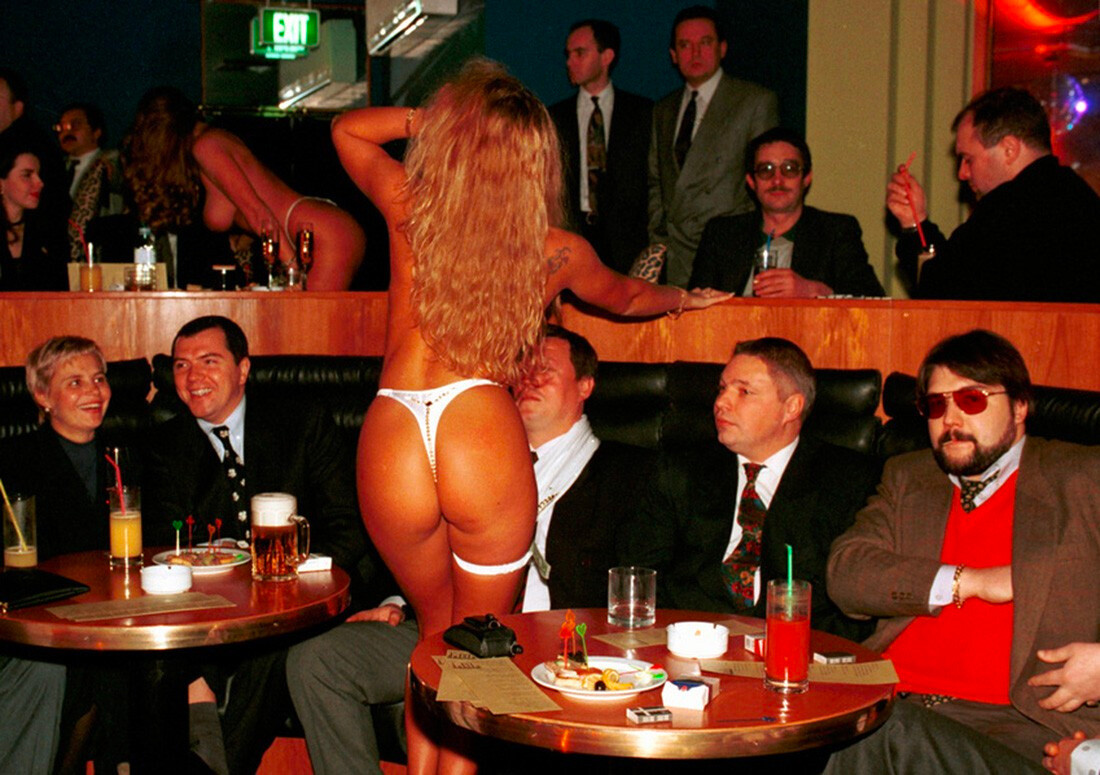
Moscow also hosted the first ‘haute couture’ weeks…
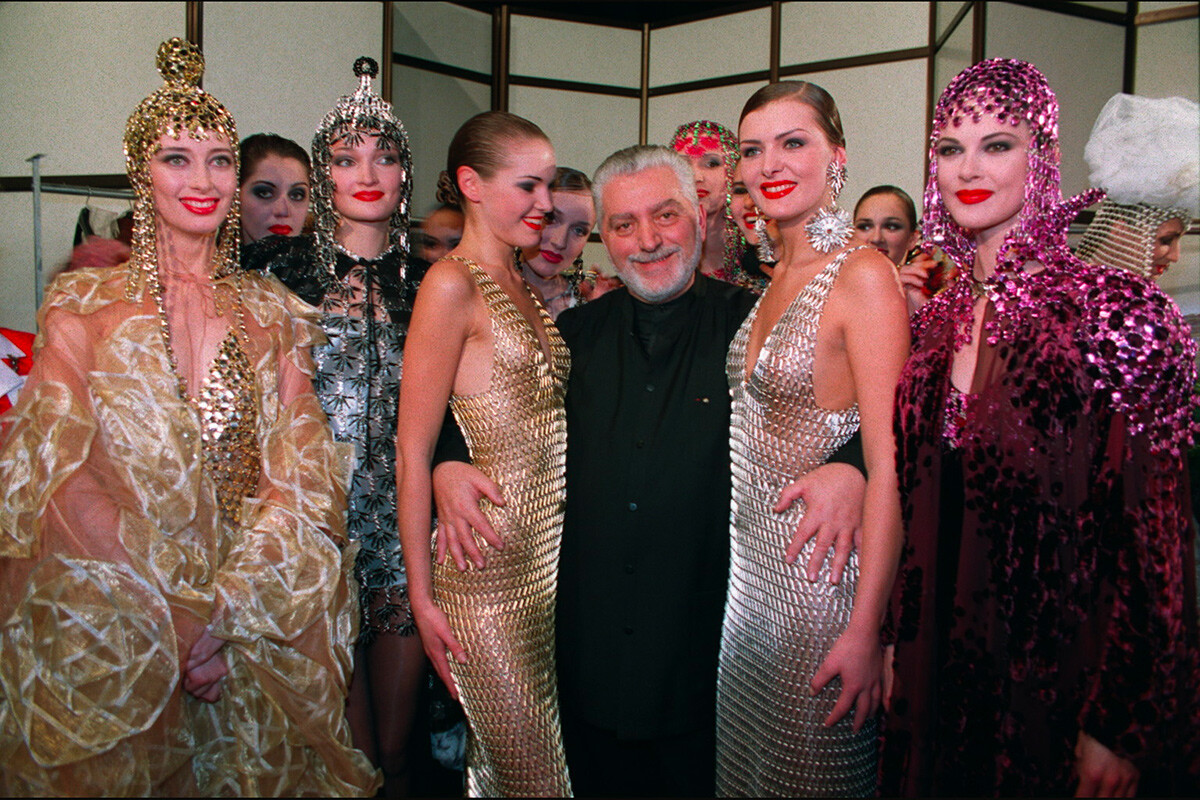
…and the first international beauty pageants.
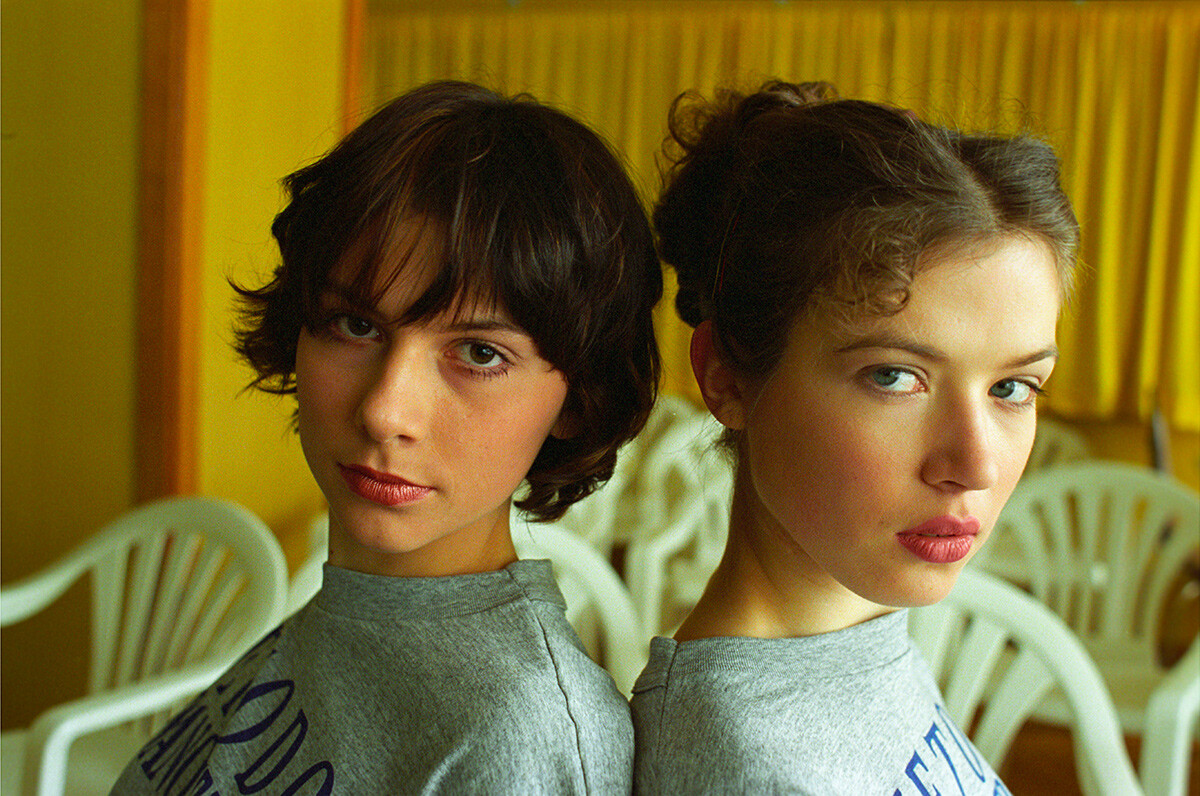
New technologies were also advancing: for instance, the processing of oil field exploration data on computers.
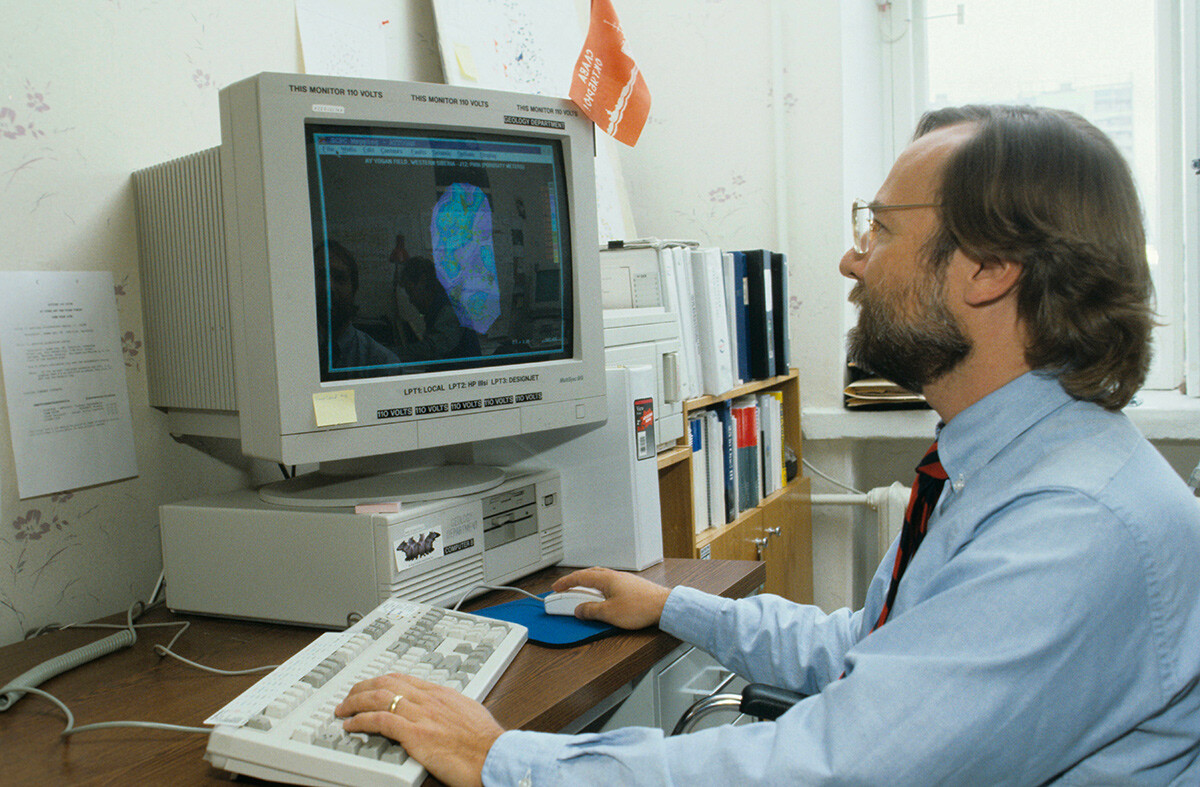
The Likhachev (ZIL) plant released a new executive class sedan car. By that time, however, the country’s elite already preferred foreign brand cars.

It would take a while for paid parking to appear throughout Moscow, however, the first parking meters were spotted on Tverskaya Street back in 1994.
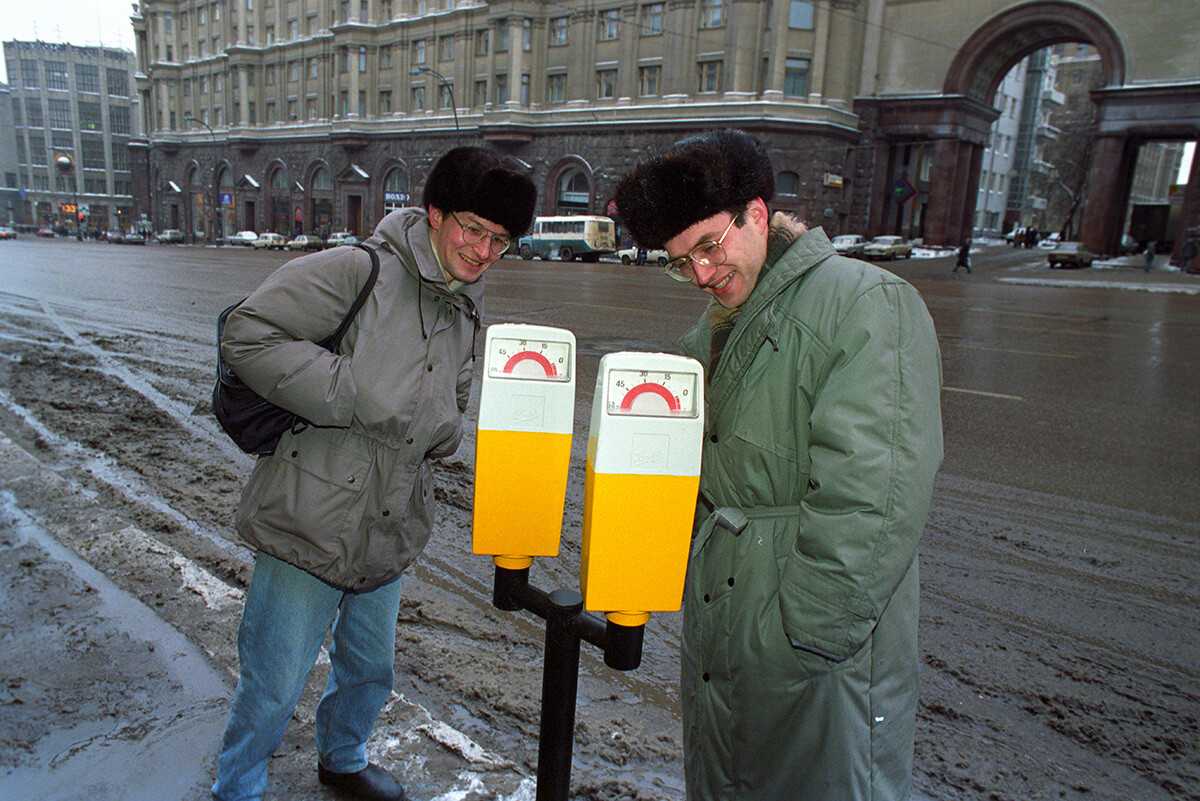
One of the most famous athletes of the year was Yevgeny Kafelnikov. The tennis player managed to break through to the Davis Cup final.
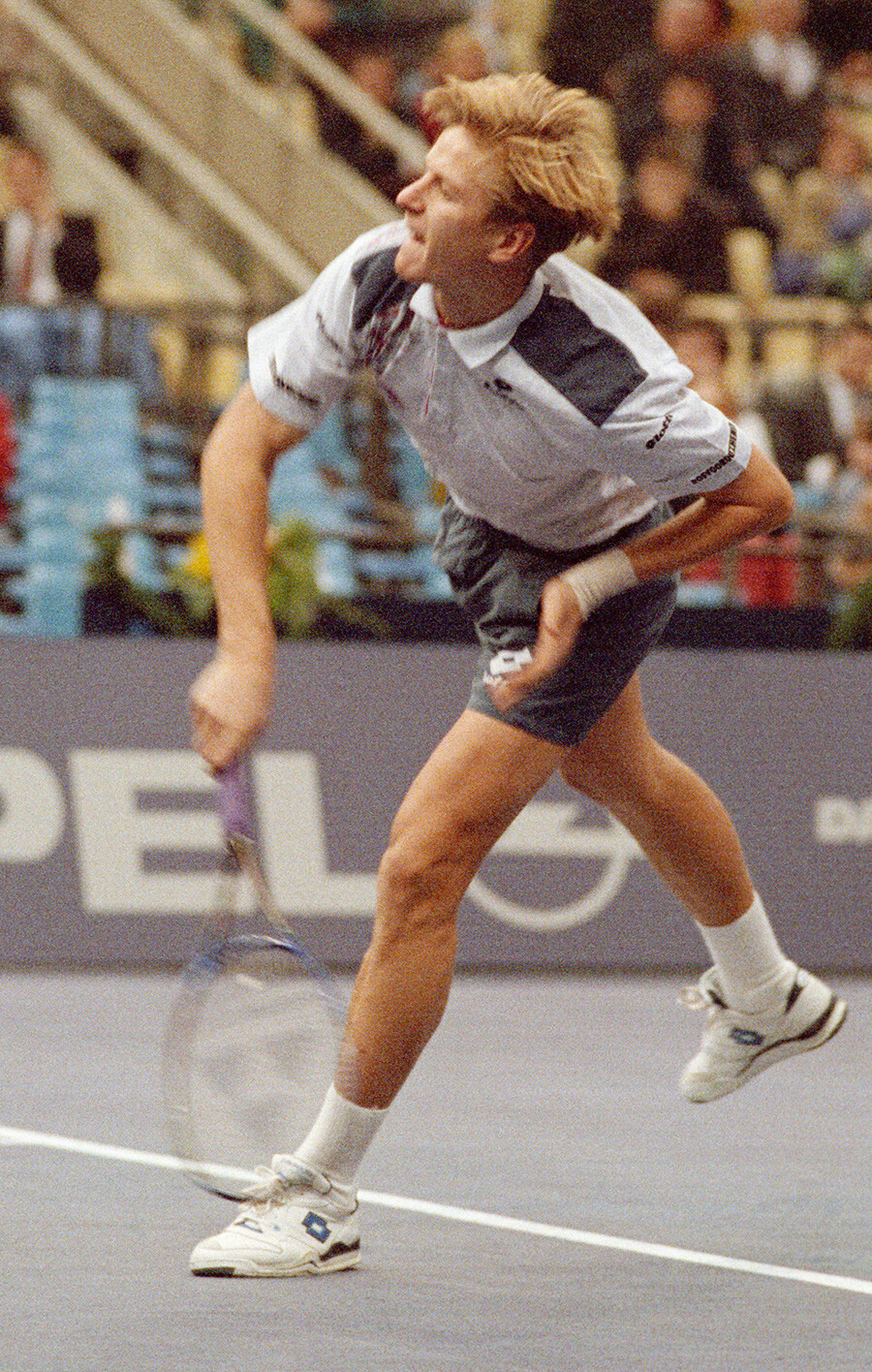
Female paratrooper girls training at the parachute simulators.

Fans of the FC Spartak Moscow soccer club supporting their team at the Luzhniki stadium.

And a little about eternal things: a brisk morning in Suzdal. In 2024, the city will turn 1,000 years old!
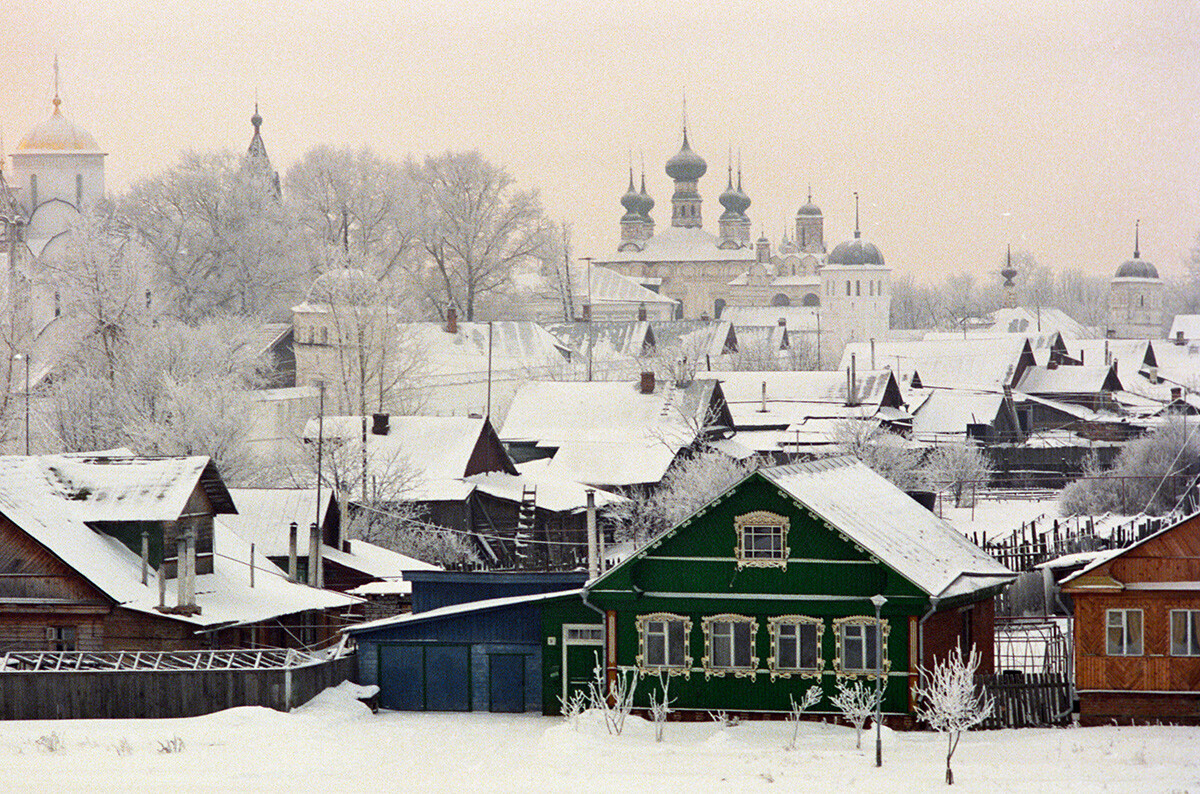
A mom with her children on a walk in Moscow.
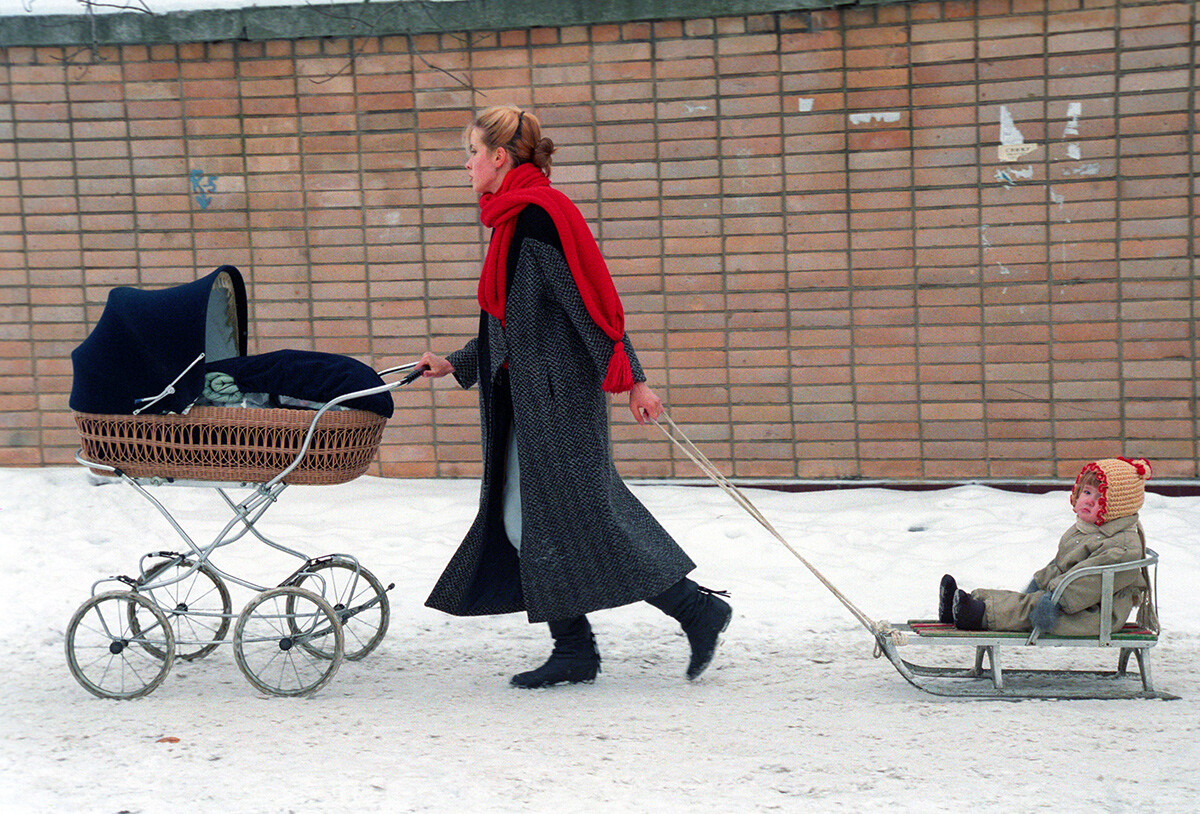
In 1994, St. Petersburg hosted the Goodwill Games, a sporting event similar in scale to the Olympics. About 2,000 athletes from 74 countries took part in them.

And, finally, new Moscow, complete with western brand street advertising.
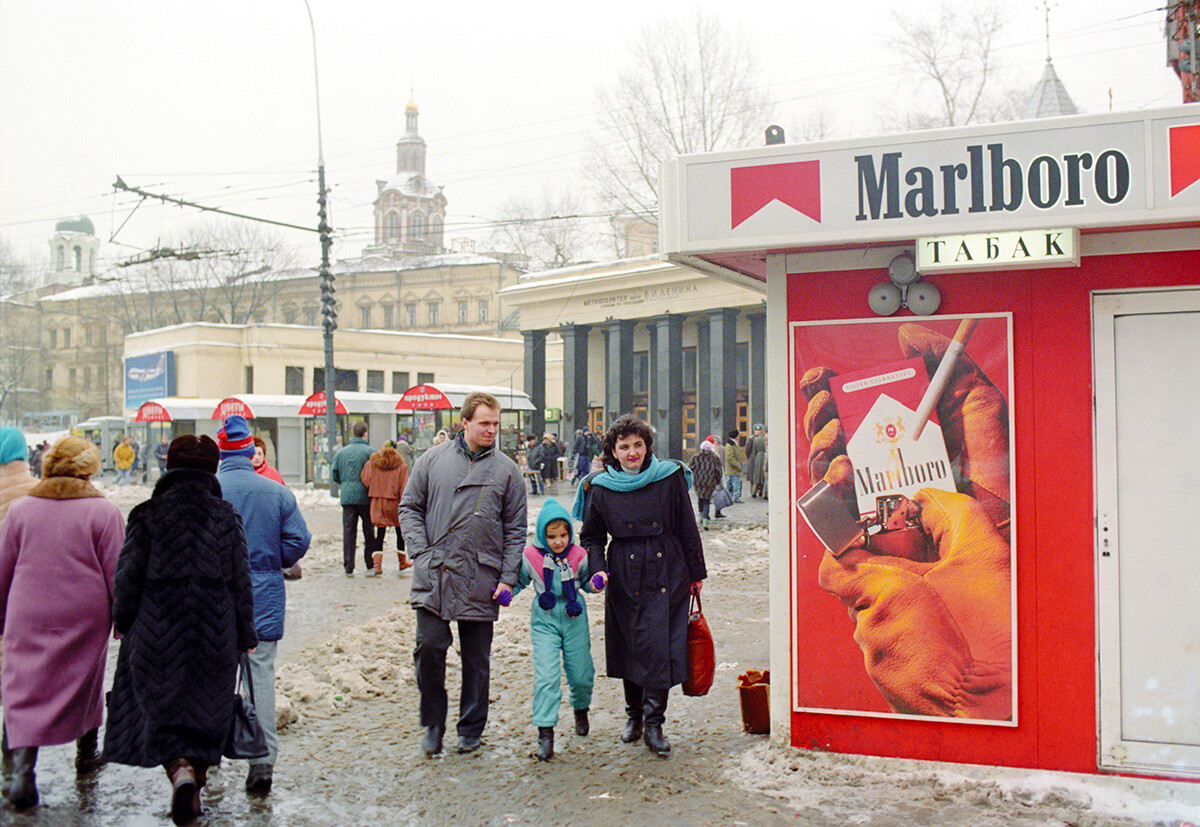
Dear readers,
Our website and social media accounts are under threat of being restricted or banned, due to the current circumstances. So, to keep up with our latest content, simply do the following:
If using any of Russia Beyond's content, partly or in full, always provide an active hyperlink to the original material.
Subscribe
to our newsletter!
Get the week's best stories straight to your inbox